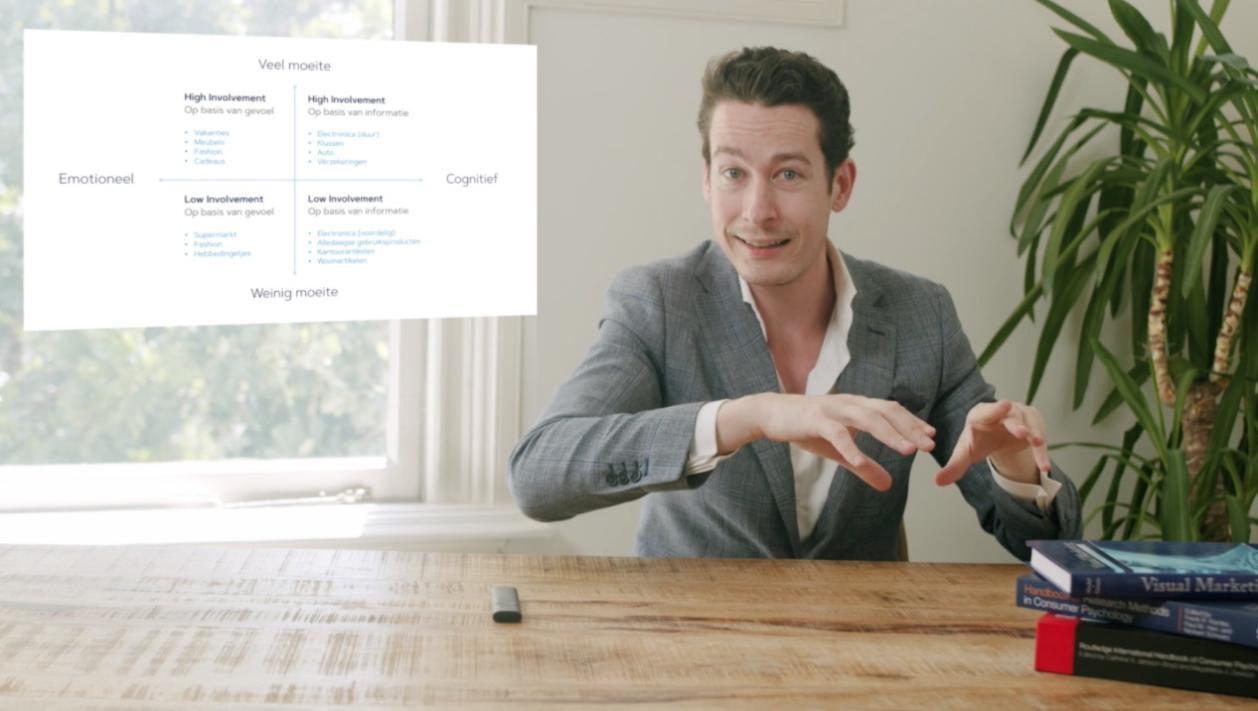What Are the Neural Mechanisms Underlying Creativity and Innovation?
Creativity and innovation are essential cognitive processes that drive human progress and advancement. Understanding the neural mechanisms underlying these abilities is crucial for gaining insights into the creative mind and developing strategies to enhance creativity and innovation.

Brain Regions Involved In Creativity And Innovation
Research has identified several brain regions that play a significant role in creativity and innovation:
Default Mode Network (DMN)
- The DMN is a network of brain regions that is active when individuals are not engaged in specific tasks and allows for free thinking and introspection.
- Studies have shown that increased activity in the DMN is associated with creative thinking and problem-solving.
- For example, a study by Beaty et al. (2018) found that individuals with higher DMN activity were more likely to generate creative solutions to problems.
Frontal Lobe
- The frontal lobe is responsible for higher-order cognitive functions such as planning, decision-making, and working memory.
- The prefrontal cortex, a region within the frontal lobe, is particularly important for creativity and innovation.
- Studies have linked increased activity in the prefrontal cortex to creative thinking and problem-solving.
Temporal Lobe
- The temporal lobe is involved in processing sensory information, memory, and language.
- The medial temporal lobe, which includes the hippocampus and amygdala, is associated with memory and emotional processing.
- Studies have shown that individuals with greater connectivity between the medial temporal lobe and other brain regions are more likely to be creative.
Parietal Lobe
- The parietal lobe is responsible for processing spatial information, attention, and numerical cognition.
- The posterior parietal cortex, a region within the parietal lobe, is associated with creative problem-solving and insight.
- Studies have found that individuals with greater activity in the posterior parietal cortex are more likely to generate creative solutions to problems.
Neural Mechanisms Underlying Creativity And Innovation
The neural mechanisms underlying creativity and innovation involve complex interactions between different brain regions and processes:
Functional Connectivity
- Functional connectivity refers to the temporal coordination of activity between different brain regions.
- Studies have shown that creative individuals exhibit increased functional connectivity between brain regions involved in creativity, such as the DMN, frontal lobe, and temporal lobe.
- For example, a study by Liu et al. (2019) found that creative individuals had stronger functional connectivity between the DMN and the frontal lobe.
Structural Connectivity
- Structural connectivity refers to the physical connections between different brain regions.
- Studies have found that creative individuals have greater structural connectivity between brain regions involved in creativity.
- For example, a study by Jung et al. (2019) found that creative individuals had increased structural connectivity between the frontal lobe and the temporal lobe.
Neurotransmitters
- Neurotransmitters are chemical messengers that facilitate communication between neurons.
- Certain neurotransmitters, such as dopamine, serotonin, and norepinephrine, have been linked to creativity and innovation.
- For example, studies have shown that individuals with higher levels of dopamine are more likely to engage in creative thinking and problem-solving.
Research on the neural mechanisms underlying creativity and innovation has provided valuable insights into the cognitive processes involved in these abilities. The findings suggest that creativity and innovation involve complex interactions between different brain regions, functional and structural connectivity, and neurotransmitters. Understanding these mechanisms can help us develop strategies to enhance creativity and innovation in individuals and organizations.

YesNo

Leave a Reply